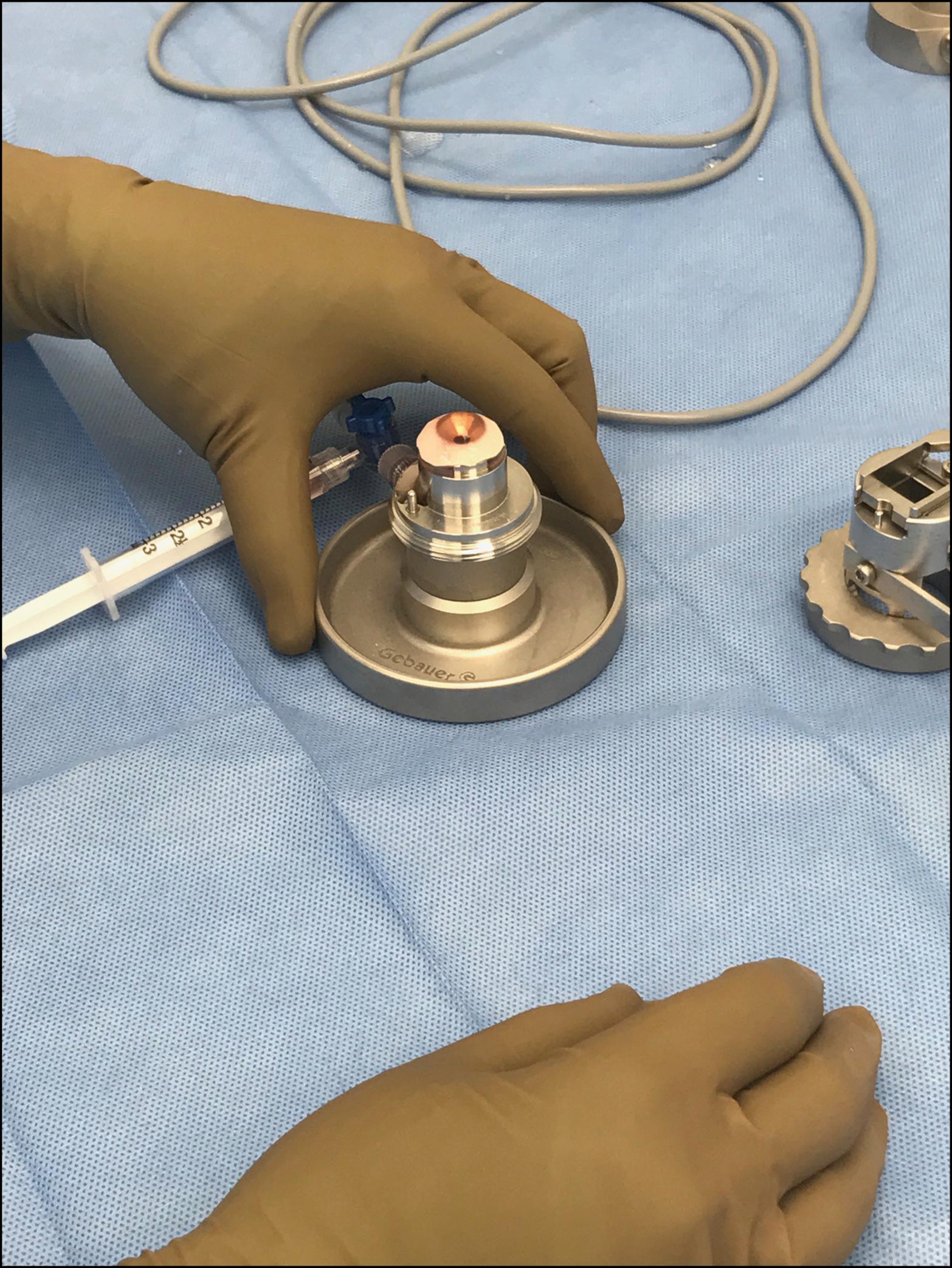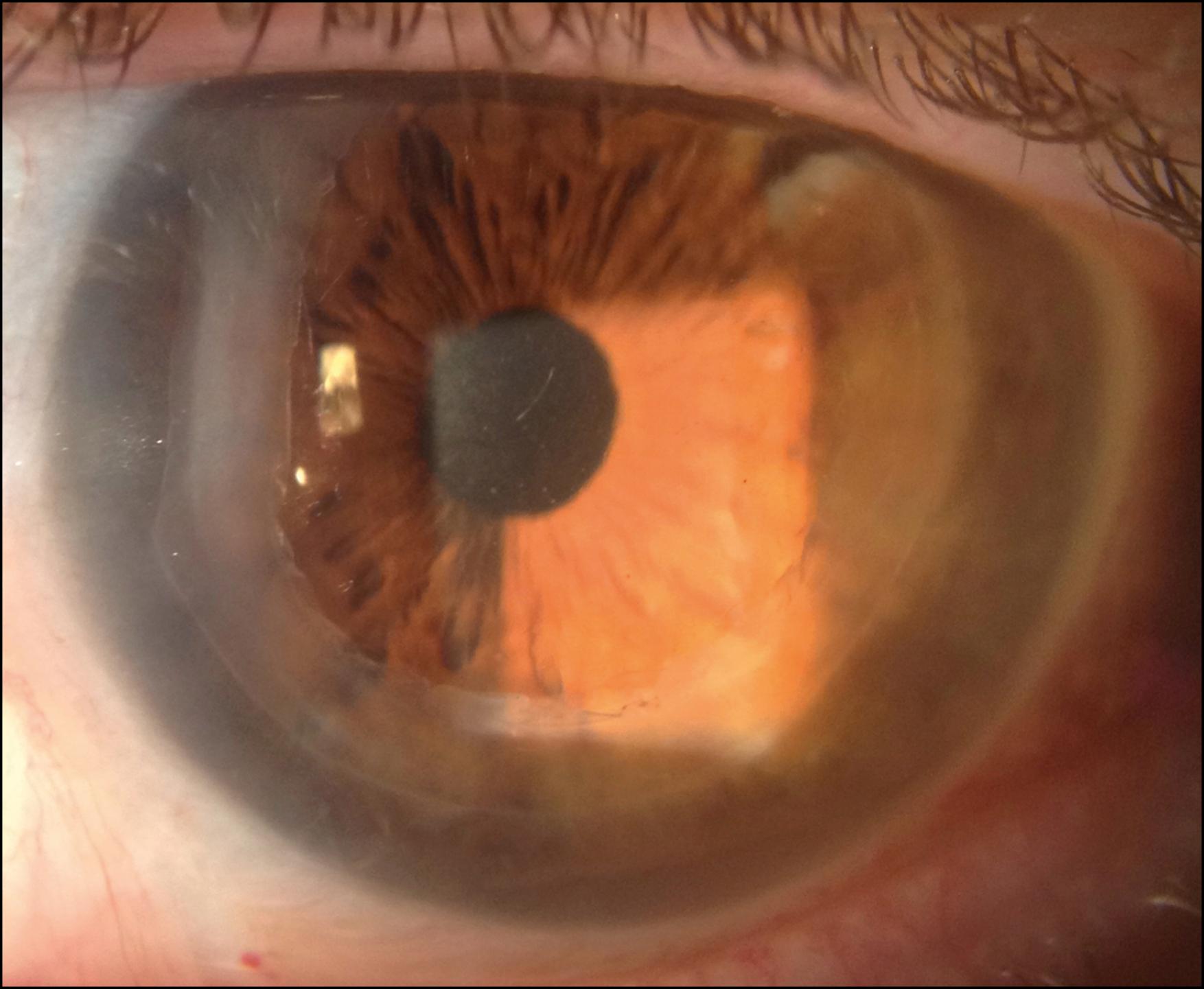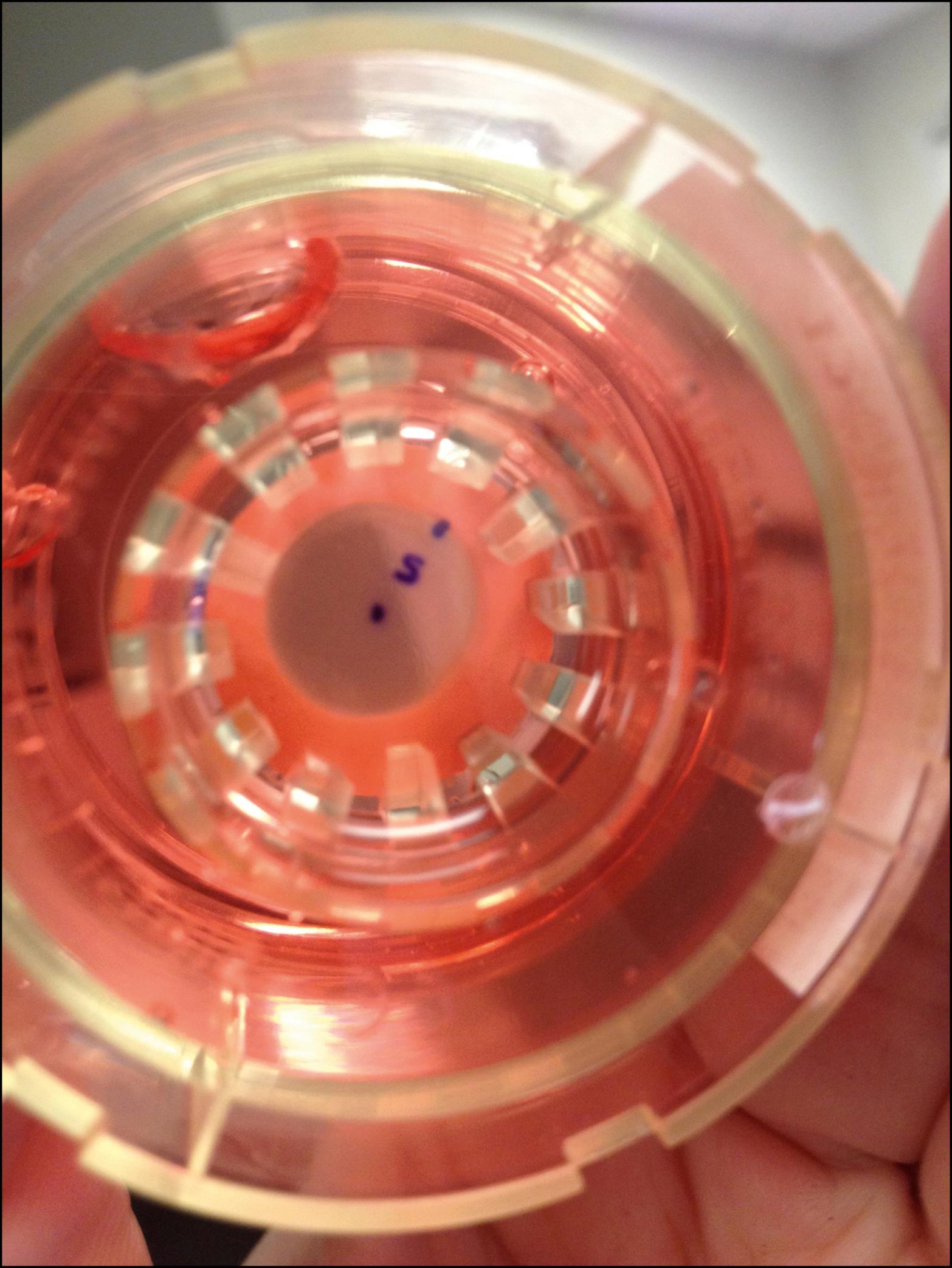Physical Address
304 North Cardinal St.
Dorchester Center, MA 02124
To review intraoperative and postoperative complications of Descemet stripping automated endothelial keratoplasty (DSAEK).
The authors discuss endothelial keratoplasty trends followed by an outline of complications that may occur during surgery and complications that may occur days to months to years after endothelial keratoplasty.
Intraoperative complications of DSAEK include donor tissue preparation issues, tissue damage, bleeding, and tissue and lens implant dislocations. Postoperative complications include tissue detachment, air bubble issues, interface problems including opacities, infectious agents, and reticular haze. Graft rejection, graft failure, and endothelial cell loss are reviewed as well.
Surgeons must be aware of the potential intraoperative and postoperative complications that may occur in DSAEK in order to appropriately diagnose, manage, and successfully treat whatever complication that may develop.
Endothelial keratoplasty (EK) remains the standard of care for the surgical treatment of diseases that affect the corneal endothelium. Descemet stripping automated endothelial keratoplasty (DSAEK) remains the most common EK procedure performed worldwide although numbers for Descemet membrane endothelial keratoplasty (DMEK) are on the rise. According to the 2018 annual statistical report printed by the Eye Bank Association of America (EBAA), 30,336 EK procedures were performed in the United States in 2018 with an increasing number of corneas distributed internationally for EK procedures outside the United States. Of the EK procedures performed in 2018, 19,526 were used for DSAEK and 10,773 were used for DMEK, making DSAEK the most commonly performed EK technique and keratoplasty technique in the United States. The trend for DMEK does continue to increase given preloaded tissue and improved operative techniques.
Tissue preparation is an extremely important step for the DSAEK procedure. Donor tissue preparation can be completed by the surgeon in the operating room or by an eye bank technician at the eye bank facility in either a clean room or under a sterile hood. If the latter is performed, the anterior corneal cap is replaced after the tissue is cut and the tissue is packaged for delivery to the surgeon in the operating room after placement in corneal storage media. Tissue preparation requires a developed eye banking system with experienced technicians. This affords savings from not needing expensive equipment and increasing surgeon efficiency in the operating room by eliminating one of the steps of EK.
Surgeons who prepare their own EK tissue may prepare it manually or with an automated technique using either a mechanical microkeratome or a femtosecond laser. The advantages of these devices over manual tissue preparation include increased efficiency and reduced risk of manual perforation of the tissue. The devices also decrease the risk of creation of donor tissue with nonuniform thickness and/or surface contour. DSAEK is a term used by many surgeons to refer to DSAEK when the donor tissue is prepared by an automated device rather than manual dissection ( Fig. 133.1 ). While very few surgeons are preparing DSAEK tissue in the OR, they may still choose this technique (in the United States, a surgical code for donor tissue preparation exists) due to surgeon preference to not involve an eye bank technician or perhaps due to the lack of a developed eye bank to perform this function adequately. If a perforation occurs during the preparation step, the tissue cannot be used for EK and the case must be cancelled, or another tissue must be used.

In countries with well-established eye banking systems, most surgeons prefer the donor tissue preparation step to be done by the eye bank. Studies have not shown significant endothelial cell loss or change in visual outcome when tissue is cut by an eye bank technician and then delivered to the surgeon either the same day or the following day. , Numerous advantages exist for precut tissue from the eye bank: (1) no case cancellation from tissue perforation in the operating room; (2) increased surgical efficiency; (3) and prevention of purchasing expensive equipment for tissue preparation at the surgical facility. Regardless of who performs the lamellar cut, care must be taken to assure proper depth, centration, and uniformity of the cut. An eccentric trephination or a decentered cut can cause a thick edge on the donor lenticule, which may interfere with graft adherence or potentially increase the risk of donor tissue failure long term ( Fig. 133.2 ). Ultimately, decentration and nonuniform graft thickness may cause postoperative astigmatism or aberrations that can lead to a decrease in best corrected visual acuity.

Maintaining proper orientation of the graft throughout surgery is vital to ensure a good outcome. Once the tissue has been inserted into the eye, it can inadvertently flip if care is not taken during steps of fluid or air insertion. Once this has occurred, it is extremely difficult to determine the proper orientation, especially in an eye with extensive corneal edema. An “S” stamp (or any irreversible letter of choice) marked with gentian violet may be placed on the lenticule stroma during the tissue preparation step to ensure proper orientation at the request of the EK surgeon ( Fig. 133.3 ). Although there are some reports that gentian violet may damage the endothelium or may be retained in the interface, many surgeons prefer to have this step performed by the eye bank to ensure proper tissue orientation during the entire surgery. Care should be taken to avoid tissue flipping as it is challenging to reorient the tissue inside the eye without creating significant trauma to the donor endothelium. Folding techniques for tissue insertion carry the highest risk of tissue flipping as they require steps to unfold the tissue prior to air insertion.

Graft expulsion may occur after lenticule insertion into the anterior chamber. This problem typically occurs if the anterior chamber is pressurized with air or fluid prior to suture placement in the wound. Adequate wound closure prior to insertion of air or fluid can prevent this complication from occurring. A graft may be lost into the posterior chamber, especially in an aphakic or aniridic eye. Using a suture pull-through technique, a sheets glide for insertion, or a temporary fixation suture may help prevent losing the graft posteriorly. If this complication occurs, it is particularly challenging to determine which side of the donor tissue is endothelium and which side is stroma. Tissue wastage may also occur with this complication if the tissue washes away from the sterile field.
Direct endothelial trauma is another potential intraocular complication that results from excessive tissue manipulation, chamber shallowing, iris-endothelial touch, intraocular lens (IOL)-endothelial touch, or direct contact of the donor endothelium with instruments. This complication decreases with surgeon experience and is more likely to occur with a novice surgeon.
Become a Clinical Tree membership for Full access and enjoy Unlimited articles
If you are a member. Log in here